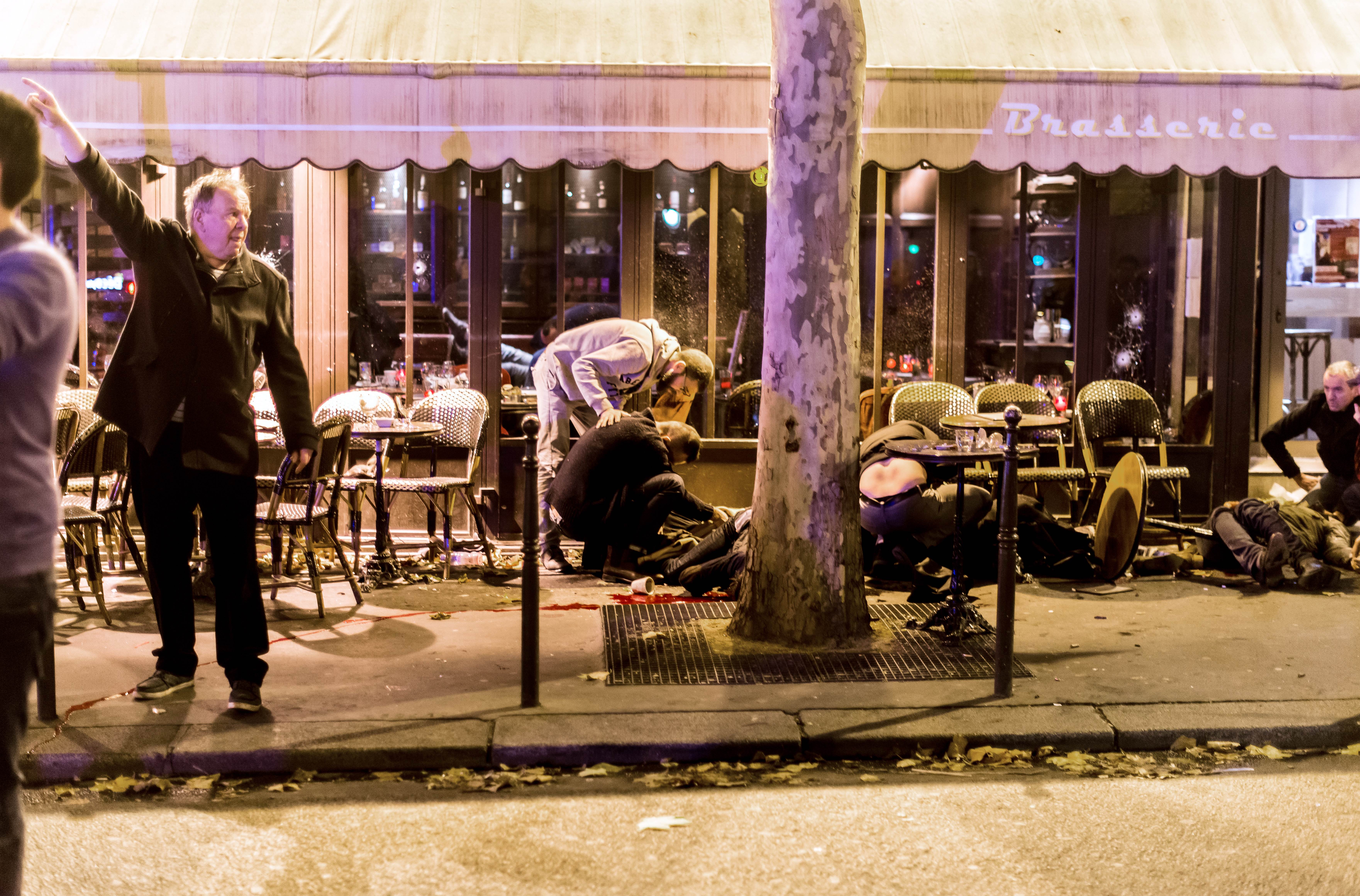The militants who killed 130 people in Paris, triggering new airstrikes on Syria and security alerts around the world, may have spent as little as €7,000 ($7,500) on their attacks.
World leaders scrambled to crack down on terrorist financing after the Nov. 13 assaults, which have been claimed by the Islamic State group as retaliation for strikes on Iraq and Syria.
Within days, France and Belgium announced €1 billion worth of additional security measures.
















With your current subscription plan you can comment on stories. However, before writing your first comment, please create a display name in the Profile section of your subscriber account page.